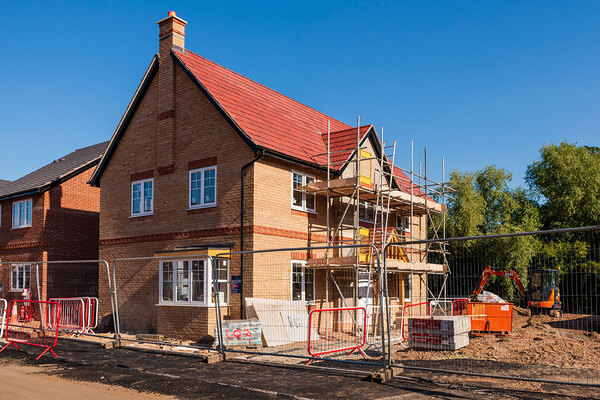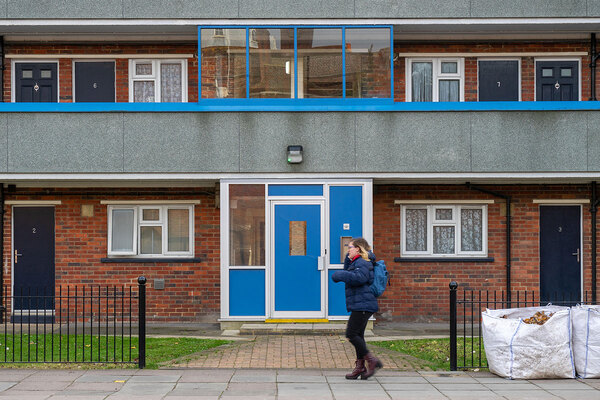You are viewing 1 of your 1 free articles
Housebuilding being held back by electricity grid miscalculations, research finds
Housebuilding is being held back by miscalculations around the capacity of the electricity grid, researchers have found.

Energy requirements for new homes with heat pumps and electric-vehicle (EV) charging are “typically being overestimated greatly”, according to planning consultants Turley, leading to additional costs and delays for house builders.
In fact, the researchers argued, the grid could support the delivery of 2.5 times as much housing as is currently assumed.
Traditionally, a new home had a standard energy requirement of between 1.5kVA and 2kVA of power. But as builders shift away from gas boilers and petrol cars to low-carbon heating systems and EV chargers, new homes will need more electricity.
There is great variation around what the grid now requests for a new home, the report said, but it is typically 4.5kVA. The researchers said the real requirement is closer to 2kVA or lower.
This is because EV charging and heat pumps are not increasing peak demand as much as expected, because new homes are more energy efficient. In addition, more people are moving to variable electricity tariffs, which reward them for reducing peak demand on the grid.
The researchers called for an industry-wide review into the sizing process of grid connectivity for the housebuilding industry, which they said could free up substantial capacity in the grid. They said this would reduce costs to build new homes and increase the speed of delivery.
The national grid is currently facing significant backlogs as housing and infrastructure projects wait to be connected to the network. In 2022, it was reported that housebuilding could be banned in three west London councils until 2035, when more grid capacity becomes available.
Network Homes’ £200m scheme at Merrick Place, Southall – the landlord’s largest-ever construction project – was one scheme held up by the electricity shortage.
Barny Evans, director of sustainability and ESG at Turley, said: “We desperately need more housing to meet the government’s 300,000-homes target, yet there is evidence we’re stopping ourselves from hitting that because of overestimated grid-capacity calculation methods.
“There’s an immediate opportunity here to make better use of our grid and make sure we’re delivering homes quickly, in the places that need them most.
“We need to come together to review the current electricity sizing process, using the latest evidence to ensure we are making the most of the system we have.”
The Department for Energy Security and Net Zero declined to comment. However, Inside Housing understands that officials expect developers and network companies to calculate the required grid capacity for new homes, rather than the government.
Guidance on network capacity requirements has been published by the Independent Networks Association, whose members are responsible for the connection of around 80% of new build homes.
Distribution network operators such as SP Energy Networks also offer online calculators for house builders to determine the network capacity they might require for their developments.
Sign up for our development and finance newsletter
Already have an account? Click here to manage your newsletters











